ITS RICH HISTORY, INESTIMABLE CENTURIES-OLD CULTURAL HERITAGE, NATURAL TREASURES, AND ADVANCED ECONOMIC DEVELOPMENT ALL COMBINE TO MAKE TOBOLSK ONE OF THE MOST POPULAR TOURIST DESTINATIONS. REVIEW BY MIKHAIL IGNATIEV.
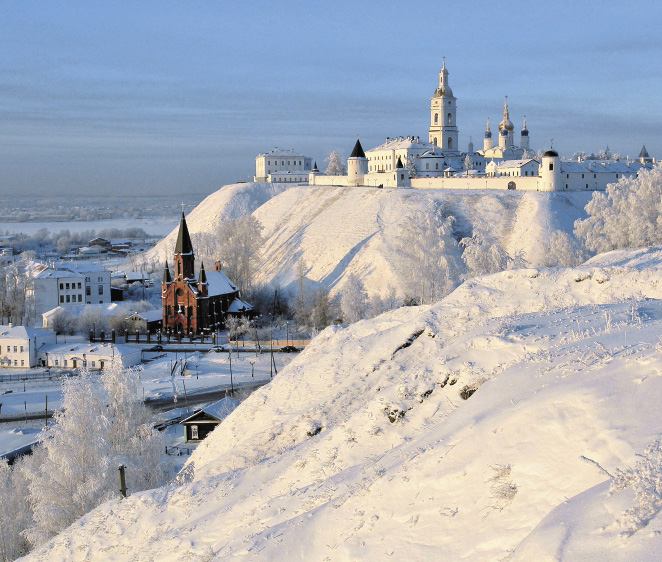
He who desires to see something truly beautiful in this world must go to Tobolsk, was the recommendation given to readers in 1818 by Sibirsky Vestnik, a magazine that was published in the Siberian capital. It is a remarkable fact that, 200 years later, well-known contemporaries are still saying that this city deserves our attention. Take, for example, the famous traveller Fyodor Konyukhov, who admits: “Tobolsk became a part of my destiny thanks to the lasting and heartfelt affection it inspired in me from the very first time I saw it.”

Tobolsk was founded in 1587 by voivode (military governor) Danil Chulkov at the confluence of the major Siberian rivers, Tobol and Irtysh; since then it has been the centre of historical events for more than four centuries. Being the administrative, cultural, spiritual, and commercial centre of Siberia, the city hosted numerous foreign ambassadors. It became the engine behind the accelerated development of Siberia’s vast expanses.

The first capital of Siberia was the first in everything — it was in Tobolsk that the first stone church and the only kremlin beyond the Urals were built. It was here, too, that the first printing house was built and the first Siberian book was published. The first school, theatre and one of the oldest museums of Siberia also opened their doors in this city. Tobolsk is deservedly called the Father of Siberian cities.
Tobolsk was founded in 1587 by voivode (military governor) Danil Chulkov at the confluence of the major Siberian rivers, Tobol and Irtysh.
The pride and joy of the former provincial capital is the Tobolsk Kremlin ensemble, built in the 17th–18th centuries. In 1961, it became the heart of the Tobolsk historical and architectural museum and heritage site. Today, the most significant episodes of Siberian history are presented in the exhibitions of 18 state and private museums.
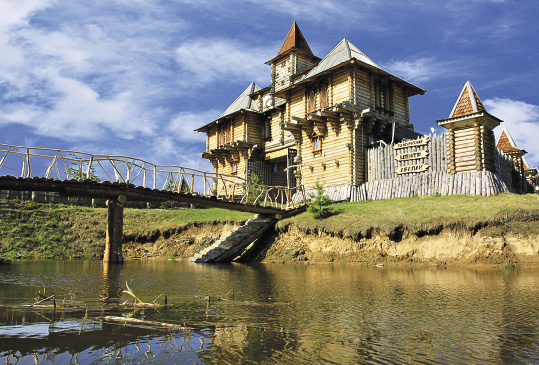
Tobolsk is one of the spiritual centres of Russia, along with Moscow and St. Petersburg. The multi-ethnic and multi-religious city is adorned with 13 Orthodox churches, as well as Muslim mosques and a Catholic Church. Among the important religious sites close to Tobolsk are the Ioanno-Vvedensky Convent and the Abalak Holy Znamensky Monastery, both included in the list of Sacred Sites of Russia. Pilgrims come here not only from Russia, but also from abroad. Not far from the city there is a sacred place for Siberian Tatars — Iskerskaya Astana, where the first preachers of Islam in Siberia are buried.
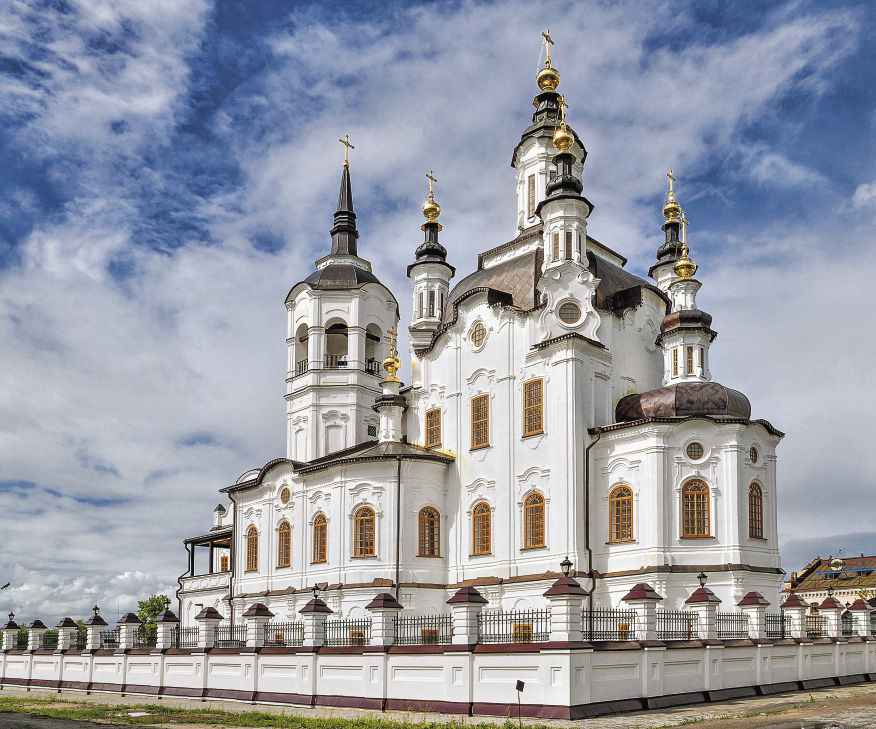
The rich history of the city is associated with the names of many prominent figures. The last Russian Emperor Nicholas II and his family lived here in exile for eight months. Tobolsk is the birthplace of the world-famous scientist Dmitri Mendeleev, the composer Alexander Alyabyev, the architect and chronicler Semyon Remezov, the artist Vasily Perov (a member of the Peredvizhniki, or Wanderer group), and the former President of the Russian Academy of Sciences Yury Osipov. The author of the famous Russian fairy tale “The Little Humpbacked Horse” (“Konyok-Gorbunok”) Pyotr Yershov also lived and worked here.
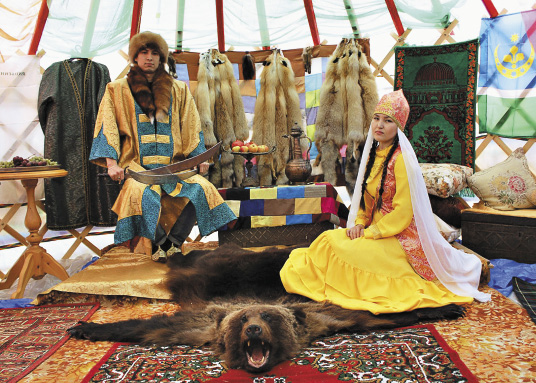
Since ancient times, the city has been famous for its traditional crafts and folk arts. The Tobolsk bone-carving factory, the only one in Russia, continues the traditions of old craftsmen by manufacturing art products and souvenirs made of mammoth bone.
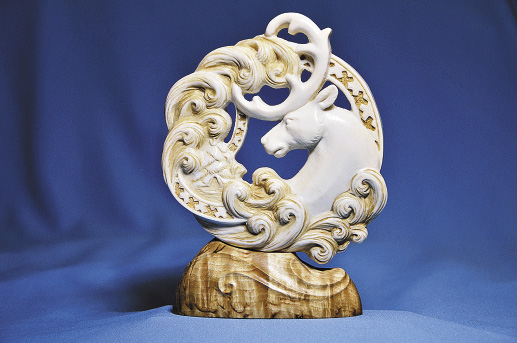
Tobolsk is actively developing as a centre of event tourism. It hosts the annual music festival “Summer in the Tobolsk Kremlin”, the international festival “Isker-Zhyen”, and the gastronomic festival “Ukha Tsaritsa”, all of which are ranked among Top 200 best events in Russia. The annual historical re-enactment festival “Abalakskoe Pole” is very popular among guests and locals. It is an amazing opportunity to plunge into the life of medieval Russia.
Comfortable hotels and hostels where you can choose accommodation to your liking — from economy rooms to luxury apartments — will allow you to fully enjoy generous Siberian hospitality. Numerous cafes and restaurants will delight you with dishes of European, Russian, and Tatar cuisine. TLR
PHOTO: DEPARTMENT OF CULTURE AND TOURISM OF THE ADMINISTRATION OF THE CITY OF TOBOLSK

